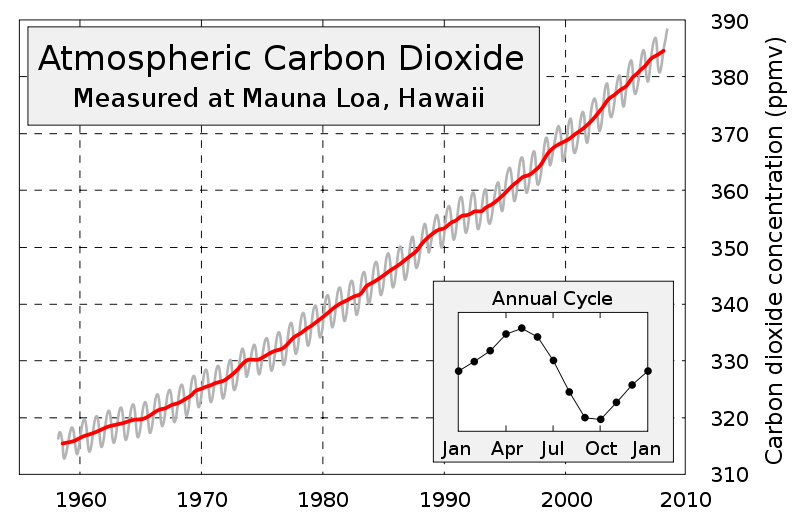
Per capita emissions still highest in developed countries
By Summit Voice
SUMMIT COUNTY — After a small recession-related dip in 2008, global carbon dioxide emissions from energy production climbed to record levels in 2010, according to the latest estimates released by the International Energy Agency.
Total emissions rea ched 30.6 gigatons, up about 5 percent from the previous record, 29.3 gigatons, set in 2008. In terms of fuels, 44 percent of the estimated CO2 emissions in 2010 came from coal, 36 percent from oil, and 20 percent from natural gas.
“Our latest estimates are another wake-up call,” said Dr.Fatih Birol, chief economist at the IEA who oversees the annual World Energy Outlook, the organization’s flagship publication. “The world has edged incredibly close to the level of emissions that should not be reached until 2020 if the 2ºC target is to be attained. Given the shrinking room for maneuver in 2020, unless bold and decisive decisions are made very soon, it will be extremely challenging to succeed in achieving this global goal agreed in Cancun, Birol said, referring to an agreement reached at the recent UN climate talks in Cancún, Mexico.
To reach the goal, the long-term concentration of greenhouse gases in the atmosphere must be limited to around 450 parts per million of CO2-equivalent, only a 5 percent increase from the estimated 430 parts per million in 2000.
The IEA estimates that 80 percent of projected emissions from the power sector in 2020 are already locked in, coming from power plants that are currently in place or under construction today.
Staying under the targeted 2020 cap would require limiting global energy-related emissions to 32 gigatons. This means that over the next ten years, increases in emissions would have to be limited to less than the increase in last two years.
The IEA estimates that 40 percent of the 2010 global emissions came from countries belonging to the Organization for Economic Co-operation and Development (OECD). Those countries accounted for 25 percent of the emissions growth. Non-OECD countries — led by India and China — saw bigger increases in emissions as their economic growth accelerated.
But on a per capita basis, OECD countries collectively emitted 10 tons, compared with 5.8 tons for China, and 1.5 tonnes in India.
Article Courtesy of: http://summitcountyvoice.com

